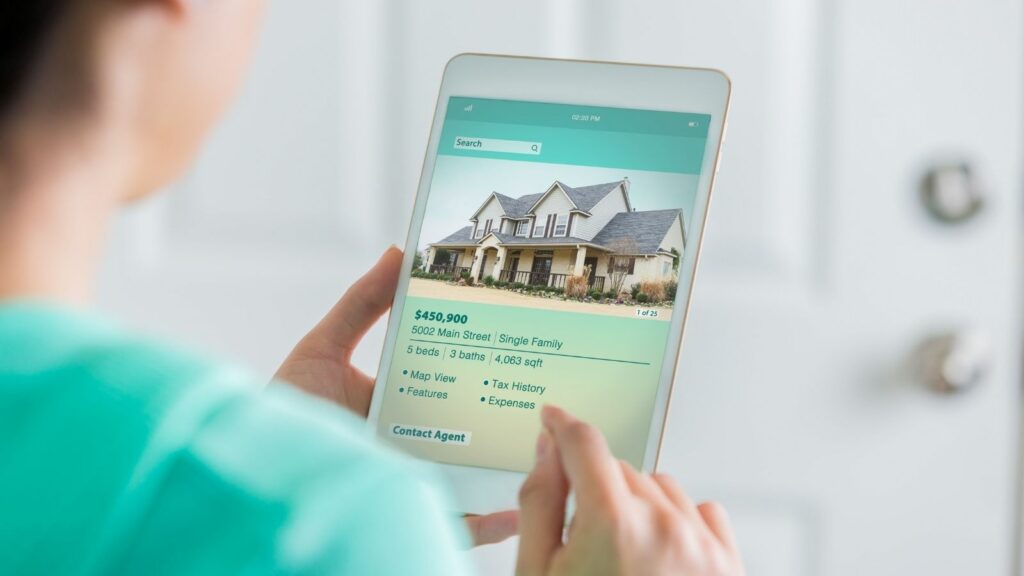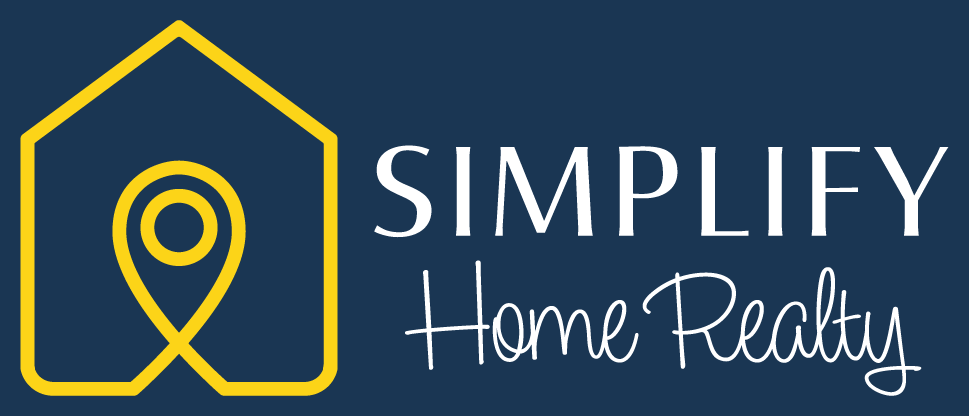Picture this: you’ve spent months, maybe even years, searching for your dream home. You’ve scoured countless listings, endured the rollercoaster of emotions that come with house hunting, and finally, you’ve found the one. It’s perfect, and you can already see yourself sipping morning coffee on the porch or cozying up by the fireplace. But before you can turn the key and call it yours, there’s a significant financial hurdle you need to overcome – the miscellaneous costs. In the world of real estate, these costs are a crucial part of sealing the deal and moving into your new home. Here’s what you need to know.

Earnest Money Deposit: The Sign of a Serious Buyer
The earnest money deposit is 3-5% of your offered price, is a crucial component of the homebuying process, often serving as a demonstration of your commitment to purchasing a property. It is a sum of money, typically a percentage of the purchase price, that you offer to the seller as a sign of good faith. This deposit shows the seller that you’re serious about buying their home and are willing to put your money where your offer is.
You typically pay the earnest money deposit shortly after your offer on the house is accepted by the seller. It’s one of the first financial steps you take after your offer has been approved, and it’s considered an out-of-pocket expense, meaning that the funds for the earnest money deposit come directly from your pocket, not from a mortgage loan or any other source. It’s essential to have this money set aside when you decide to make an offer on a property.
Once you submit the earnest money deposit, it doesn’t go directly to the seller. Instead, it is typically held in an escrow account. An escrow account is a secure, neutral third-party account managed by a title company, real estate attorney, or escrow agent. This account ensures that the earnest money remains safe and untouched until the closing of the sale.
The refundability of the earnest money deposit can vary based on the terms of the purchase agreement and the circumstances surrounding the deal. In most cases, if the deal falls through due to a reason specified in the contract, such as a failed inspection or inability to secure financing, you may be eligible to get your earnest money deposit back. However, if you back out of the deal without a valid reason or breach the terms of the agreement, the seller may have a claim to the earnest money as compensation for taking their property off the market.3-5%
Exploring Mortgage Options: Down Payments
Conventional loans generally require a down payment ranging between 3% and 20% of the home’s purchase price. The exact amount you need to put down depends on varying factors, including your credit score and specific lender requirements. Speaking of credit scores, a minimum credit score of 620 is often necessary to qualify for a conventional loan. However, having a higher credit score can work in your favor by potentially securing a better interest rate and reducing down payment requirements.
FHA loans, which are backed by the Federal Housing Administration, provide a more accessible path to homeownership with a lower down payment requirement. Borrowers can expect a minimum down payment of 3.5% of the purchase price. Some borrowers may even qualify for lower down payment options, particularly if they have a credit score of 580 or higher. However, a credit score of at least 500 is typically required to be eligible for the 3.5% down payment option.
VA loans, designed to assist eligible veterans, service members who are active duty, and certain members of the National Guard and Reserves, often come with the significant advantage of requiring no down payment. Regarding credit scores, while the Department of Veterans Affairs (VA) itself does not set a specific credit score requirement, lenders offering VA loans may establish their own minimum credit score standards. Nevertheless, VA loans are known for being more forgiving regarding credit scores.
USDA loans are tailored for low to moderate-income borrowers in rural areas and commonly feature no down payment requirement, making them an appealing choice for eligible buyers. When it comes to credit scores, while there isn’t a strict minimum requirement set by the United States Department of Agriculture (USDA), most lenders require a credit score of 640 or higher. However, even if your score is lower, it may still be considered if you have compensating factors.
For those eyeing higher-priced homes exceeding conventional loan limits, jumbo loans become necessary. These loans often demand more substantial down payments, typically ranging from 10% to 30% or more of the home’s purchase price. In terms of credit scores, jumbo loan lenders typically require a strong credit history, with a credit score of 700 or higher. Some lenders may, however, consider borrowers with lower scores if they possess substantial assets and can make a larger down payment.
Portfolio loans, offered by individual lenders rather than being sold to government-sponsored enterprises like Fannie Mae or Freddie Mac, can vary significantly in their down payment requirements. These loans may offer more flexibility in terms of down payments, depending on the lender’s policies. Similarly, credit score requirements for portfolio loans can be more flexible and vary from one lender to another, making them an option worth exploring for borrowers with unique financial situations.
It’s important to note that while these are general guidelines, each lender may have its own specific requirements and eligibility criteria. Additionally, factors such as your debt-to-income ratio and employment history also influence loan approval and down payment requirements. Therefore, consulting with a mortgage professional is advisable to determine the best loan type for your particular financial circumstances and homeownership goals.
Unraveling the Mystery of Closing Costs
Closing costs are an essential but often underestimated aspect of the home buying process. These are the expenses incurred to finalize the purchase of your dream home and are typically paid at the closing table. While the exact cost can vary widely based on factors like the home’s price and location, a rough estimate is that closing costs range from 2% to 5% of the purchase price. These costs apply to a wide range of services and fees, and understanding what they entail is crucial for a smooth transition into homeownership.
Here is a list of standard closing costs:
- Application Fee: This fee is charged by the lender to process your mortgage application.
- Credit Check Fee: Covers the cost of pulling your credit report.
- Lender Fees: Various charges imposed by the lender, which may include origination fees, underwriting fees, and processing fees.
- Clerical Fees: Administrative charges for paperwork and document handling.
- Title Search and Title Insurance: The cost of researching the property’s history and obtaining title insurance to protect against ownership disputes.
- Escrow Fees: Fees paid to the escrow company for holding and disbursing funds during the closing process.
- Attorney Fees: If you hire an attorney to handle the closing, you’ll incur legal fees.
- Home Appraisal: The cost of having a professional appraiser assess the property’s value.
- Home Inspection: Fees for a thorough inspection of the property’s condition.
- Pest Inspection: Inspection to check for any pest-related issues.
- Survey Fee: Covers the cost of a property survey to determine boundaries and easements.
- Prepaid Property Taxes: You may need to prepay property taxes for the upcoming year.
- Prepaid Homeowners Insurance: Similar to property taxes, you may have to prepay homeowners insurance for the year.
- Private Mortgage Insurance (PMI): If your down payment is less than 20%, you may need to pay for PMI.
- Recording Fees: Charges for recording the sale with the local government.
- Transfer Taxes: Taxes imposed by the state or municipality for transferring the property title.
- Courier and Express Mail Fees: Costs associated with sending documents and paperwork securely.
- Flood Certification Fee: To determine if the property is in a flood zone and requires flood insurance.
- Home Warranty: Optional but can cover repairs or replacements of home systems and appliances.
- HOA Dues: If you’re buying a property within a homeowners association, you may need to pay dues.
- Prorated Interest: Interest on your mortgage from the closing date to the end of the month.
- Miscellaneous Fees: Additional costs for any unforeseen services or requirements.
In summary, closing costs encompass a wide array of expenses necessary for completing a real estate transaction. While the specific fees and amounts can vary, it’s essential to budget for these costs when planning to buy a home. Being prepared and informed about closing costs can help ensure a successful and smooth transition into homeownership.
Building a Financial Safety Net for Home Maintenance and Repairs
Owning a house comes with the responsibility of maintaining and repairing it as needed. While you may have budgeted for the down payment and closing costs, it’s equally important to set aside savings for ongoing maintenance and unexpected repairs.
Home maintenance and repairs are inevitable and can vary in cost and frequency. Neglecting them can lead to more significant issues down the line, potentially costing you more in the long run. By having a dedicated savings fund, you can address these needs promptly and maintain the value and condition of your home.
Creating a budget that allocates a portion of your monthly income to a savings account specifically designated for home maintenance and repairs is a wise approach. Decide on a reasonable amount to set aside each month based on factors like the age and condition of your home, its location, and the average cost of maintenance in your area.
Having this fund readily available will give you peace of mind when unexpected repairs arise, ensuring your home remains a safe and comfortable place to live. It’s a proactive step towards responsible homeownership and financial stability.
Preparing for the Unexpected: Establishing an Emergency Fund
Life is full of unexpected twists and turns, and being a homeowner comes with its share of financial responsibilities. One crucial aspect of financial preparedness is establishing an emergency fund. Here, we delve into the vital importance of having an emergency fund and how to build one to safeguard your financial stability.
An emergency fund is your economic safety net, providing peace of mind in case of unexpected events such as loss of your job, medical emergencies, car repairs, or unforeseen home-related expenses. Without this financial cushion, you might find yourself dipping into your savings designated for other purposes or, worse, accumulating debt to cover these unexpected costs.
Building an emergency fund begins with setting a clear goal—aiming to save three to six months’ worth of living expenses. This fund should encompass essential costs like housing, utilities, groceries, transportation, and insurance premiums. To start, open a dedicated savings account specifically designated for your emergency fund. Contribute to it regularly, even if you can only afford a small amount initially.
Over time, as you consistently save, you’ll watch your emergency fund grow, offering you financial security during times of uncertainty. This fund serves as a crucial pillar of responsible homeownership, ensuring you can navigate unforeseen challenges without compromising your financial well-being.
Moving Expenses
Moving to a new home can be an exciting adventure, but it often comes with its share of expenses that you need to plan for. Moving expenses can encompass various costs, and being prepared for them is crucial to ensure a smooth transition to your new residence. These expenses can include hiring professional movers or renting a moving truck, packing supplies, transportation costs, and even temporary storage if needed. The total cost of your move depends on factors like the distance between your old and new homes, the volume of belongings you’re moving, and whether you’re packing and heavy lifting yourself or hiring professionals. Additionally, don’t forget about potential hidden expenses such as insurance coverage for your belongings during the move or fees associated with temporarily storing your possessions if your new home isn’t ready for immediate occupancy. Budgeting for moving expenses well in advance can help alleviate financial stress and ensure that your move goes as smoothly as possible.
Avoiding Buyer's Remorse and Being House-Poor
Buyer’s remorse is a common emotional response that some homeowners experience after purchasing a new property. It’s that nagging feeling of doubt or regret that creeps in once the initial excitement of homeownership wears off. This sentiment can manifest for various reasons, such as second-guessing the choice of location, size, or layout of the house or realizing that the financial commitment is more substantial than expected.
Buyer’s remorse can be triggered by the fear of making such a significant financial decision, concerns about the long-term financial responsibilities of homeownership, or simply adjusting to a new living environment. To combat buyer’s remorse, it’s essential to research and plan your home purchase thoroughly, seek advice from professionals, and consider your long-term goals. Remember that it’s normal to have doubts initially, but with time and the opportunity to personalize your space, many homeowners find their initial concerns fading away.
The term “house-poor” refers to a situation where a homeowner’s housing expenses, including mortgage payments, property taxes, insurance, and maintenance costs, consume a significant portion of their income, leaving little room for other financial priorities and quality of life expenses. Being house-poor can lead to financial stress and limited flexibility in managing unexpected expenses or saving for the future.
House-poor homeowners may find themselves living in a beautiful house but struggling to afford other essential needs and goals like saving for retirement, investing, or even taking vacations. To avoid this situation, it’s crucial to budget carefully when considering a home purchase. Calculate your housing costs as a percentage of your monthly income and make sure you have a clear understanding of your overall financial picture. Keeping housing expenses within a reasonable range of your income can help prevent the feeling of being house-poor and allow you to enjoy the benefits of homeownership without sacrificing other financial priorities.
Your Path to Homeownership: Let's Make Your Dream a Reality
Embarking on the journey of homeownership is an exciting and rewarding endeavor, but it also requires careful planning and consideration. From understanding various loan types and setting aside funds for maintenance and emergencies to managing moving expenses and avoiding buyer’s remorse or the feeling of being house-poor, there are numerous aspects to navigate. However, with the right knowledge, preparation, and support, you can make informed decisions and enjoy the benefits of owning your dream home.
When you’re ready to take the next step toward buying your house, remember that you don’t have to go through this process alone. Expert advice and guidance from real estate professionals, mortgage experts, and financial advisors can be invaluable. If you have any questions or need assistance along the way, please don’t hesitate to reach out. Your dream of homeownership is within reach, and I’m here to help you make it a reality. Feel free to contact us whenever you’re ready to embark on this exciting journey.


